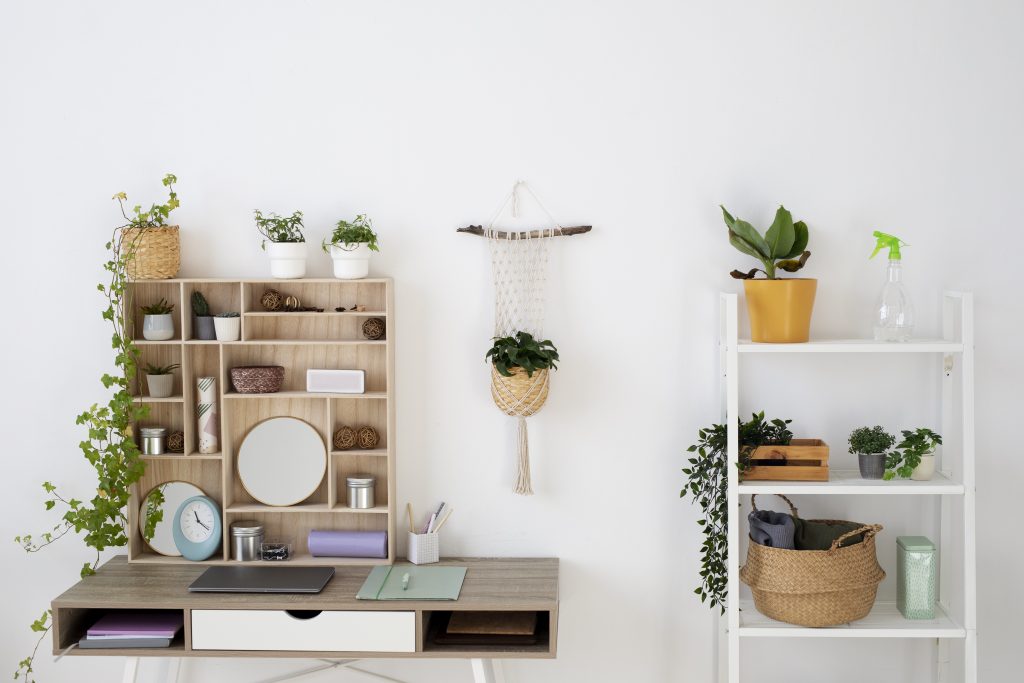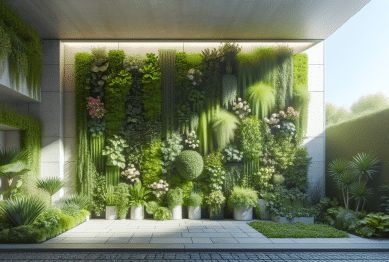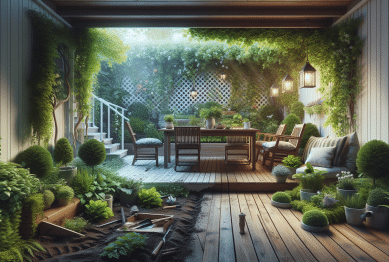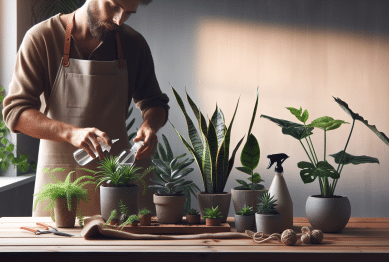Home organization is no longer just about tidying up. It’s about creating a living space that feels clean, functional, and calming. One of the most powerful approaches to achieving this is minimalism. A minimalist home isn’t just about decluttering; it’s about intentionality and simplicity. By focusing on keeping only what you truly need or love, you can transform your living space into an environment that fosters productivity, reduces stress, and offers a clear mental space.
Minimalism in home organization goes beyond merely discarding items—it’s about simplifying your life, one room at a time. In this article, we will explore how adopting minimalist principles can help you organize your home effectively, with actionable tips to make the most of this growing trend.

What Is Minimalism in Home Organization?
Minimalism in home organization involves decluttering your space to reduce visual noise, stress, and unnecessary distractions. The key is to only keep items that serve a purpose or contribute to your well-being. It’s not about getting rid of everything, but rather being selective with what stays and what goes. This approach can be applied to all aspects of your home—from furniture and decor to the contents of your closets and drawers.
By reducing the volume of things in your home, you can create a peaceful, functional environment that promotes a greater sense of well-being. The minimalist lifestyle encourages making mindful decisions about your belongings, simplifying your daily routine, and focusing on what truly adds value to your life.
Why Minimalism Works: The Benefits of a Simplified Home
- Reduced Stress and Clutter
A cluttered space often leads to a cluttered mind. Having fewer things in your home allows for easier maintenance and a more organized environment. According to research, a clutter-free space can have a significant impact on mental well-being. The less stuff you have, the less you need to manage and organize, reducing stress in your daily life. - Improved Productivity
A minimalist home can enhance productivity by eliminating distractions. Fewer possessions mean fewer things to manage, which can free up mental energy for more important tasks. Whether you’re working from home or simply relaxing, a tidy, minimalistic space promotes clarity and focus. - Sustainability
Minimalism can also help you adopt a more sustainable lifestyle. By purchasing fewer items, you’re likely to make more conscious decisions about the things you buy. This not only reduces the waste generated by your household but also allows you to make environmentally-friendly choices, such as opting for durable, high-quality products over cheap, disposable ones.
Key Principles of Minimalist Home Organization
To adopt minimalist home organization, follow these key principles:
- Declutter with Purpose
One of the first steps in minimalist organization is decluttering. Begin by going through each room and identifying items that no longer serve a purpose, are broken, or add unnecessary visual clutter. The key here is intentionality—don’t just get rid of things for the sake of it, but focus on keeping only the essentials or what brings you joy. The KonMari method, popularized by Marie Kondo, is a great place to start, where you ask yourself, “Does this item spark joy?” - Invest in Quality Over Quantity
Minimalism encourages buying fewer items, but those you do purchase should be of high quality. Investing in items that are durable, functional, and timeless will help ensure your home remains organized for years to come. For example, opting for minimalist furniture pieces that serve multiple purposes can help keep your space open and clutter-free. - Keep Flat Surfaces Clear
Flat surfaces, such as countertops, tables, and desks, are magnets for clutter. By keeping these areas clear, your space will instantly feel more organized. Try incorporating storage solutions that allow you to keep essentials out of sight while still within reach. Hidden storage, such as drawer organizers, can make a big difference in maintaining a minimalist look. - Implement Smart Storage Solutions
Effective storage solutions are crucial in a minimalist home. Consider using storage furniture, like ottomans with hidden compartments or wall-mounted shelving to make the most of available space. Baskets and bins can also be great for organizing smaller items in an aesthetically pleasing way. - Prioritize Functionality and Design Simplicity
When organizing your home, aim for simplicity in both design and function. Choose furniture that fits your space and needs without overwhelming the room. The goal is to create a home where everything serves a purpose and adds to the overall function and flow of the space.
Practical Tips for Minimalist Home Organization
- Start with One Room at a Time
Tackling your entire home at once can feel overwhelming. Instead, start with one room or area at a time, such as the kitchen or living room. Focus on decluttering and organizing that space before moving on to the next. - Sort Items into Categories
When sorting through your belongings, group items into categories (e.g., books, clothes, kitchen items). This will make it easier to evaluate what you really need or use regularly. - Adopt the “One In, One Out” Rule
To prevent clutter from building up again, consider implementing the “one in, one out” rule. For every new item you purchase, get rid of an old item. This keeps your possessions manageable and ensures you’re mindful of every new purchase. - Digitize Paperwork
Paper clutter can quickly pile up, so consider digitizing important documents, such as bills, receipts, and old records. This allows you to clear physical space while keeping everything organized and easily accessible on your devices. - Create a Daily Cleaning Routine
Maintaining an organized home requires consistent upkeep. Set aside a few minutes each day to tidy up and keep things in their place. This prevents clutter from accumulating and helps maintain the minimalist look you’ve worked so hard to create.
The Minimalist Home Organization Trend
Minimalism has become more than just a design aesthetic; it’s now a lifestyle choice. As people look to simplify their lives, they are also becoming more intentional with their homes. This trend has led to a shift towards smaller living spaces, multi-functional furniture, and a focus on quality over quantity in home decor. Minimalism promotes living with less, which often leads to greater personal satisfaction and a deeper connection with one’s surroundings.
Conclusion: Simplify and Transform Your Space
Adopting minimalist approaches to home organization can help you create a space that is not only functional but also calming and clutter-free. With a focus on simplicity, intentionality, and quality, minimalist organization allows you to transform your home into a haven of peace. Whether you are decluttering, simplifying your design, or making mindful purchasing decisions, minimalism is a powerful tool for creating a harmonious home.
Start small, implement the tips provided, and watch your space evolve into a minimalist retreat. Remember, the key is to create a home that aligns with your lifestyle, supports your well-being, and reflects the values you hold dear.
References:
- Kondo, M. (2014). The Life-Changing Magic of Tidying Up: The Japanese Art of Decluttering and Organizing. Ten Speed Press. Available at: https://www.amazon.com (Accessed: 19 August 2025).
- O’Neill, T. (2021). “The Benefits of Minimalism in Home Design”. Architectural Digest. Available at: www.architecturaldigest.com. (Accessed: 19 August 2025).
- Williams, R. (2020). “How Minimalism Can Boost Mental Health”. Psychology Today. Available at: www.psychologytoday.com. (Accessed: 19 August 2025).









